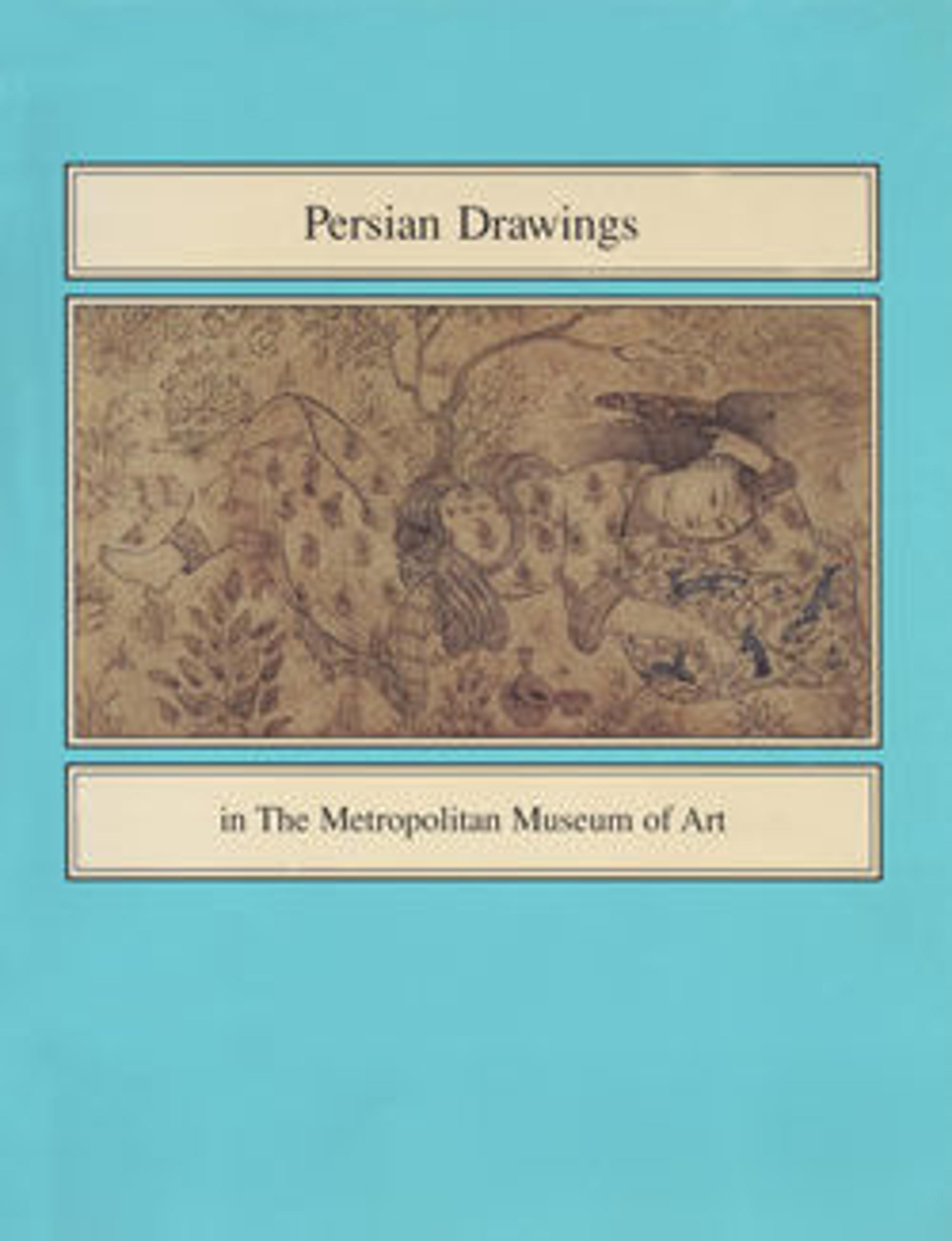Portrait of a Stallion
This powerful stallion with its oddly drawn head and broad forehead deviates from the sixteenth– and seventeenth–century norm of Persian steeds with long, elegant necks and large hindquarters. Instead it conforms to the eighteenth century images of the dappled grey horse of Nadir Shah, the Zand ruler who sacked Delhi in 1739 and led many campaigns against the Ottomans. This horse has the same small nostrils and ears as Nadir Shah's horse.
Artwork Details
- Title:Portrait of a Stallion
- Date:18th century
- Geography:Attributed to Iran
- Medium:Ink on paper
- Dimensions:H. 5 in. (12.7 cm)
W. 6 1/2 in. (16.5 cm) - Classification:Codices
- Credit Line:Gift of Stephen Bourgeois, 1914
- Object Number:14.84
- Curatorial Department: Islamic Art
More Artwork
Research Resources
The Met provides unparalleled resources for research and welcomes an international community of students and scholars. The Met's Open Access API is where creators and researchers can connect to the The Met collection. Open Access data and public domain images are available for unrestricted commercial and noncommercial use without permission or fee.
To request images under copyright and other restrictions, please use this Image Request form.
Feedback
We continue to research and examine historical and cultural context for objects in The Met collection. If you have comments or questions about this object record, please contact us using the form below. The Museum looks forward to receiving your comments.
